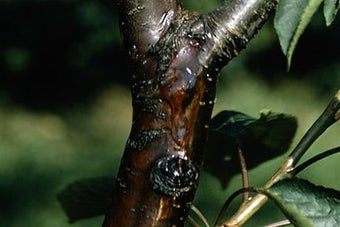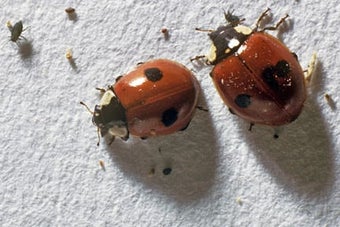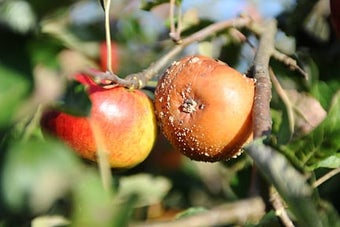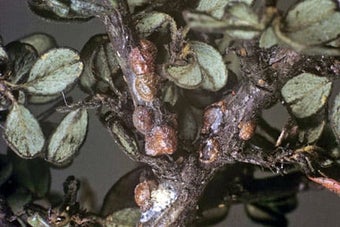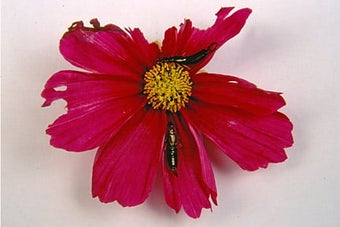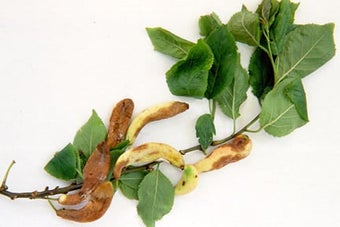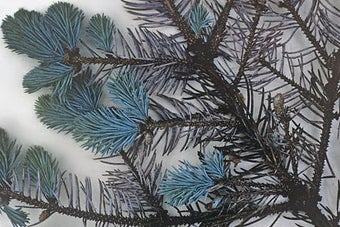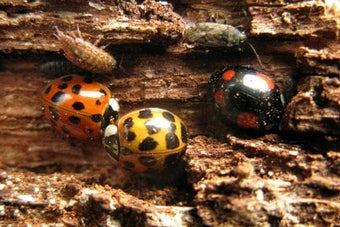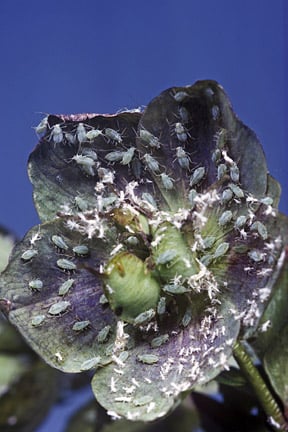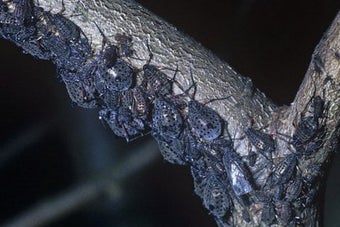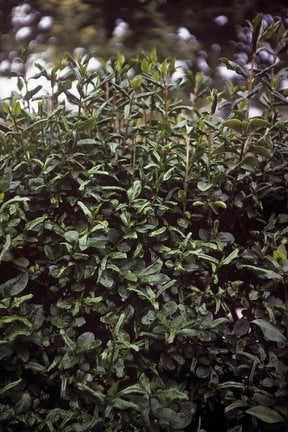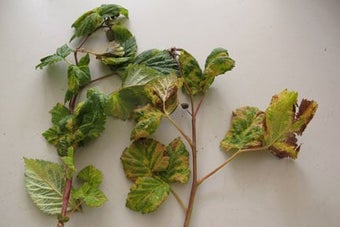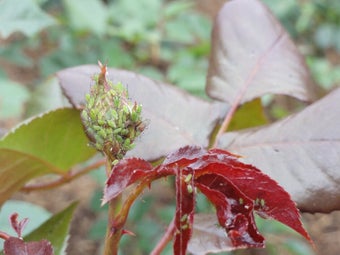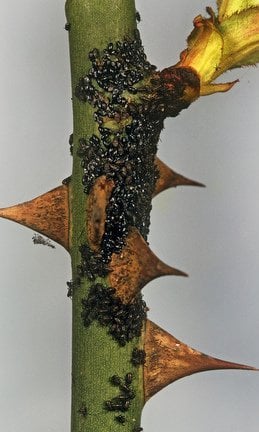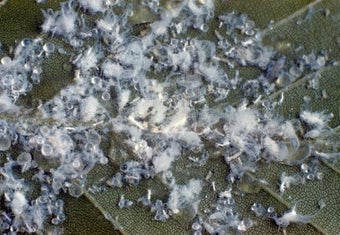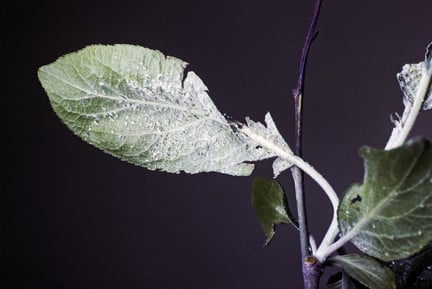
Quick facts
Common name - Plum leaf-curling aphid and mealy plum aphid
Scientific names - Brachycaudus helichrysi and Hyalopterus pruni
Plants affected - Plums, damsons, greengage, sloe
Main symptoms - Leaf distortion in spring, whitish-green aphids on undersides of leaves, stickiness and sooty mould
Caused by - Two species of sap-sucking insect
Timing - April-September
What are plum aphids?
Plum aphids are -sucking insects that feed of the foliage of plums and other related fruit trees.
Aphids are sap-sucking true bugs and are an important part of many food chains, supporting many predators. They range in size from 1 to 7 mm (¼ in or less) long. Some aphids are known as greenfly or blackfly, but there are species that are yellow, pink, white or mottled. There are more than 500 aphid species in Britain. Some feed on only one or two plant species, but others can be found on a wide range of plant hosts. Almost any plant can be affected, including ornamentals, vegetables, fruits, greenhouse plants and houseplants.
Symptoms
- Plum leaf-curling aphid is green and can reach 2 mm in length. It causes tight leaf distortion on the foliage of all types of plum during April to late May. Leaves that develop later are not affected, although the earlier damage often remains visible throughout the summer
- Mealy plum aphid Is dusky green and usually covered in a white waxy material, it can teach 2.6 mm in length. Thsi aphid is active in mid to late summer, when dense colonies of pale greenish white aphids cluster on the underside of leaves and shoot tips. It does not cause leaf distortion but it excretes honeydew that can make foliage and fruit sticky and allows the growth of sooty mould
Despite appearances, the yield and future health of the trees is uaually unaffected and these insects support many predators.

Management
Aphids form the basis of many food chains and it is not unusual to have some of these animals in a healthy balanced garden ecosystem. On tall trees aphids aphids can be considered part of the they support; natural enemies will normally reduce numbers by late summer.
- Where possible tolerate populations of aphids; plum aphids often do not affect cropping or future health of the tree
- Check trees frequently from spring onwards so action can be taken before a damaging population has developed
- Use finger and thumb to squash aphid colonies where practical
- Encourage aphid predators in the garden, such as ladybirds, ground beetles, hoverflies, parasitoid wasps and earwigs. Be aware that in spring aphid populations often build up before natural enemies are active in sufficient numbers and then give good control
- Research has indicated that earwigs on fruit trees can reduce aphid numbers and in fruit trees they do not cause damage. Providing shelters such as flower pots loosely stuffed with hay in trees can help increase earwig numbers
Biology
Both mealy plum and plum leaf-curling aphids overwinter aseggs that are laid in autumn in crevices and around the . Eggs of plum leaf-curling aphid hatch at burst but those of mealy plum aphid hatch later in April.
Aphids feed by sucking from the foliage. Leaf-curling plum aphid secretes chemicals into the foliage that cause the young leaves to develop in a crumpled and distorted fashion. In this species, winged forms of the aphid develop during May and the winged adults then fly away to various herbaceous plant where they spend the summer. The population on plums dies out in late May-early June and after that time the tree produces normal foliage.
Mealy plum aphid populations develop during mid to late summer. Winged mealy plum aphids develop during the summer and these migrate to various grasses and reeds.
Both species produce a winged generation in autumn that flies back to plums and other host plants to lay the overwintering eggs.


